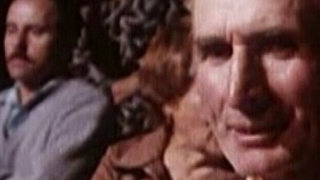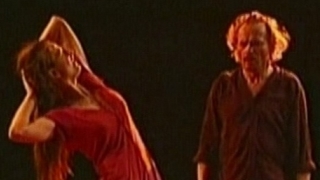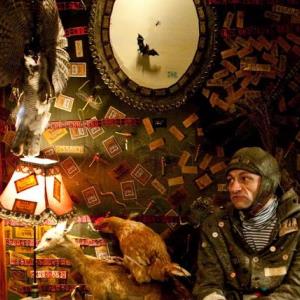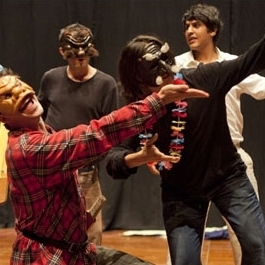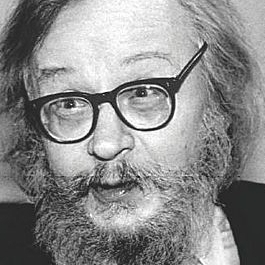The Centre for Theatre Practices ‘Gardzienice’ was founded in 1977 in south-east Poland, taking its name from the tiny village where the company was, and still is, based. It has an administrative office in the city of Lublin, some twenty miles away, but most of its activities and performances happen in the heart of Gardzienice village in buildings renovated or built by the company and in the surrounding meadows and forests. At Gardzienice’s centre lies a restored manor house which has accommodation, rehearsal and meeting rooms as well as a large performance space.
Gardzienice is much more than a theatre group, and its cultural activities include organising rural expeditions, gatherings, seminars, symposia, making films and extensive training and educational work. The company’s artistic director, Wlodzimierz Staniewski, has articulated their changing mission throughout their existence, but their work has been consistently predicated on several elements: looking for a new natural environment for the theatre; using living traditional and ancient songs, stories and myths as performance material; and creating performance work in close contact with audiences, be they young university students or older people from the forgotten borderlands of Central Europe, or other culturally rich or diverse communities around the world.
Their practice is extremely rhythmical and musical, and their performances are always sung. Musicality is a key notion for Staniewski and goes hand in hand with the idea of mutuality, based on strong partnership and group work. Numerous artists have gone on to develop Gardzienice’s model of work after intense periods of collaboration, leading to the creation of Polish groups such as Studium Teatralne, Song of the Goat and Chorea as well as Double Edge in the USA. With their frequent successes at international festivals and several publications on their work they are recognised as one of Europe’s most innovative and distinguished theatre groups.
Wlodzimierz Staniewski is the founder of Gardzienice, or the Staniewski Centre for Theatre Practices ‘Gardzienice’ as it is also now known, and has been central to the formulation of its vision and practices since it began in 1977. These practices cover a wide range of activities that go well beyond just theatre-making: encompassing rural fieldwork (expeditions and gatherings), developing publications, films and symposia, as well as envisioning and coordinating various building projects in Gardzienice village itself. Born in southern Poland in 1950, after studying humanities at university in Kraków, Staniewski began to act in student theatres, most notably with the popular company Teatr STU. Here he was spotted by Jerzy Grotowski, who in 1970 invited him to join his Teatr Laboratorium as a key collaborator in the paratheatrical activities.
Staniewski left in 1976 to set up his own company, Gardzienice, which he did in 1977. He works as director, company manager, teacher and theorist, having formulated and elaborated key notions such as ecology of the theatre, musicality, mutuality, naturalisation and the need for theatre to find a new natural environment. His treatises have been published frequently in Polish and also in English in a 2004 book, Hidden Territories: The Theatre of Gardzienice, which articulates the necessity for us all to be in touch with and listen to the musicality of nature, harmonia mundi, as human beings as much as theatre-makers. Staniewski’s success as a theatre director has been celebrated around the world, for he has led numerous international masterclasses and workshops and the company have shown their performances and films widely. He has also led many collaborative projects, with the Royal Shakespeare Company in the UK as well as with Poland’s National Stary Theatre in Kraków to name just two. Staniewski is recognised as a pioneering and influential figure in contemporary theatre. Paul Allain
Image: Robert Workman
**EXCLUSIVE NEW FEATURE** Find out more about Gardzienice via an RPA partner journal

